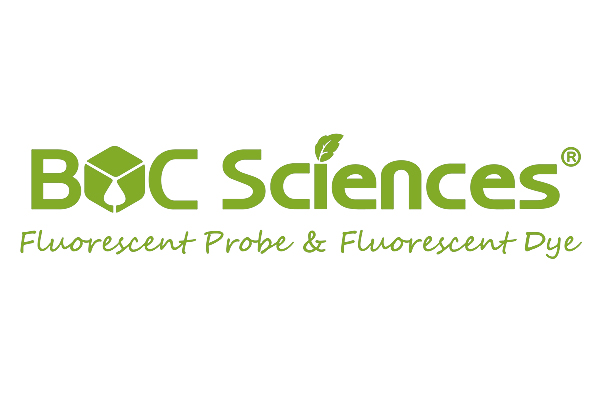
5-(6)-Carboxytetramethylrhodamine | CAS 98181-63-6
| Catalog Number | F07-0023 |
| Category | TAMRA Dyes |
| Molecular Formula | C25H22N2O5 |
| Molecular Weight | 430.46 |
* Please be kindly noted products are not for therapeutic use. We do not sell to patients.
Product Introduction
TAMRA-COOH provides bright, photostable orange-red fluorescence. Use for oligo/protein labeling and imaging-buy this research-grade fluorescent dye online.
Chemical Information
Product Specification
Application
| Synonyms | TAMRA Acid;5(6)-TAMRA |
| Purity | 95% |
| Solubility | DMSO, DMF, DCM |
| Appearance | Solid Powder |
| Excitation | 540 nm |
| Emission | 572 nm |
| Storage | -20 °C |
1. Fluorescence Microscopy: TAMRA, also known as 5-(6)-Carboxytetramethylrhodamine, is a widely used fluorescent dye in the field of bioscience, particularly in fluorescence microscopy. Scientists employ TAMRA by conjugating it to antibodies, nucleic acids, or other biomolecules to achieve precise staining of targets within cellular structures. This method allows for the intricate visualization of proteins, DNA, and other components within cells or tissues, unraveling the localization and dynamics of these structures with exceptional specificity and sensitivity, thereby shedding light on the complexities of cellular processes.
2. Real-Time PCR (qPCR): TAMRA plays a pivotal role as a fluorescent reporter dye in quantitative PCR assays, providing real-time detection and quantification of amplified DNA sequences. By incorporating TAMRA into probes or primers, researchers can monitor genetic processes in real-time, aiding in the diagnosis of infectious diseases, evaluating gene expression levels, and advancing genetic research by offering dynamic insights into molecular interactions at the genetic level. This technology serves as a vital tool in understanding the intricacies of molecular biology.
3. FRET (Förster Resonance Energy Transfer) Assays: TAMRA, a key component in FRET assays, offers a unique perspective on molecular interactions and dynamics within biological systems. When paired with a compatible donor fluorophore, TAMRA acts as an acceptor, enabling researchers to observe energy transfer between proteins, nucleic acids, or other biomolecules. This technique reveals the complex mechanisms and interactions occurring at the molecular level in living cells, fostering a deeper comprehension of cellular processes and molecular events.
4. Flow Cytometry: The integration of TAMRA-labeled antibodies or markers is essential for flow cytometry, a technique crucial for the analysis and sorting of cells based on their fluorescent characteristics. By utilizing TAMRA in flow cytometry, scientists can distinguish and isolate specific cell populations from complex biological samples. This technology facilitates various applications, including immunophenotyping, cell cycle analysis, and monitoring cellular responses to different stimuli, offering a comprehensive approach to investigating cellular behavior and function.
Recommended Services
Recommended Articles

- Hoechst Dyes: Definition, Structure, Mechanism and Applications
- Mastering the Spectrum: A Comprehensive Guide to Cy3 and Cy5 Dyes
- Fluorescent Probes: Definition, Structure, Types and Application
- Fluorescent Dyes: Definition, Mechanism, Types and Application
- Coumarin Dyes: Definition, Structure, Benefits, Synthesis and Uses
- Unlocking the Power of Fluorescence Imaging: A Comprehensive Guide
- Cell Imaging: Definitions, Systems, Protocols, Dyes, and Applications
- Lipid Staining: Definition, Principles, Methods, Dyes, and Uses
- Flow Cytometry: Definition, Principles, Protocols, Dyes, and Uses
- Nucleic Acid Staining: Definition, Principles, Dyes, Procedures, and Uses
Recommended Products
Online Inquiry

-cpg-1000.gif)







